The Imperial Irrigation District (IID) of California board of directors approved a resolution opposing the continued development of utility-scale solar projects on active or historically farmed agricultural land in the district’s service area.
The IID board noted that over 13,000 acres of Imperial Valley farmland have been converted for solar energy development, largely exporting electricity to urban centers like San Diego, providing “little to no benefit for local communities.”
The conflict between farmland use and renewable energy development is a concern for Imperial Irrigation District, but the organization has also embraced community benefit-focused projects.
The Citizens Imperial Valley solar project, owned and operated by Citizens Energy, is one of the largest low-income community solar projects in the United States. In partnership with the Imperial Irrigation District utility, the 39 MW array provides 12,000 low-income families in Imperial Valley, California with discounted green energy.
The solar project is estimated to provide over $97 million in household electricity bill savings over its operational life.
The project was developed on 200 acres of land owned by IID near the district’s Midway Substation. However, the project was not located on historically farmed land, and IID voiced concern about solar energy development.
“Our identity and economy in the Imperial Valley are rooted in agriculture,” said IID board chair Gina Dockstader in a statement. “Solar energy has a role in our region’s future, but it cannot come at the cost of our farmland, food supply, or the families who depend on agriculture. This resolution is about protecting our way of life.”
The board said it remains supportive of renewable energy projects when sited in non-agricultural lands like desert areas, industrial zones and ground that has not been farmed in many years. The district said it will formally communicate its position to the Imperial County Board of Supervisors, which serves as the region’s land use authority in unincorporated areas. It will also encourage local, state, and federal agencies to prioritize agricultural preservation in future development decisions.
Over the past year, solar generation surpassed natural gas to become California’s leading source of electricity, a milestone expected to persist. California produced 42% of its electricity from solar at its seasonal peak in April. And while land use issues may pose conflict with California’s $60 billion agricultural industry, there is potential for the two to exist harmoniously.
The conflict between land uses highlights the potential for agrivoltaics – a practice in which solar and agricultural practices occur in the same place. Research has shown promise in co-benefits with agrivoltaics, particularly in sunny and dry places like Imperial Valley, where solar panels can shade crops and limit evaporation, while the crops can keep ambient temperatures cooler, improving solar efficiency.
This content is protected by copyright and may not be reused. If you want to cooperate with us and would like to reuse some of our content, please contact: editors@pv-magazine.com.
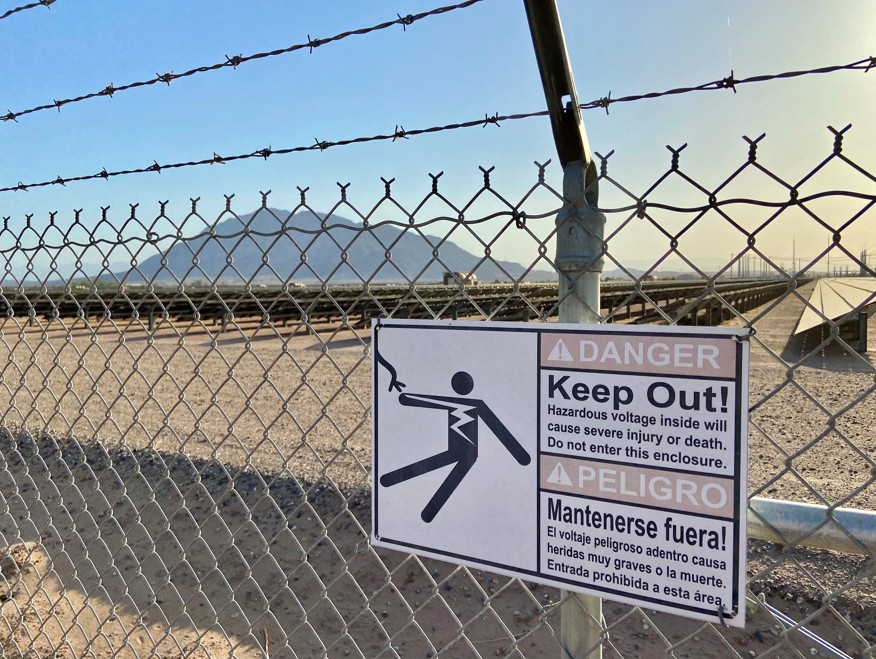
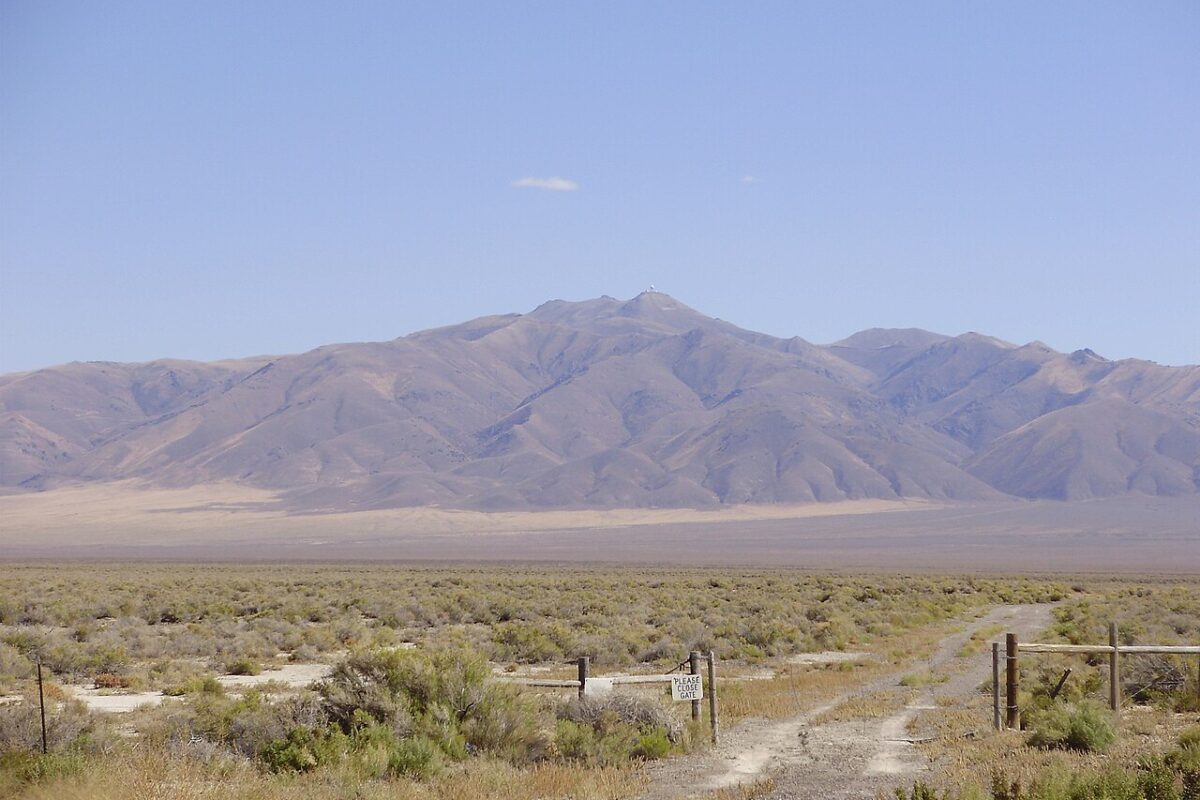


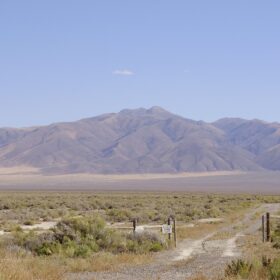
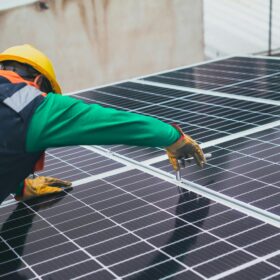


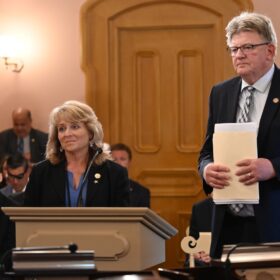
Building on agricultural land allowing California to retire water rights in one of the most over-allocated watersheds in the country is a good thing. If the IID wants to have a say in which lands are likely to be least agriculturally productive, fine. If the IID wants to support agrivoltaic installations, in the Imperial Valley, fine. But I’d much rather see over-allocated agricultural lands converted to solar than wilderness.
Freeland solar energy competes with Energy plants .
Solar dont need water . Energy plants needs a lot of water .
What is better ?